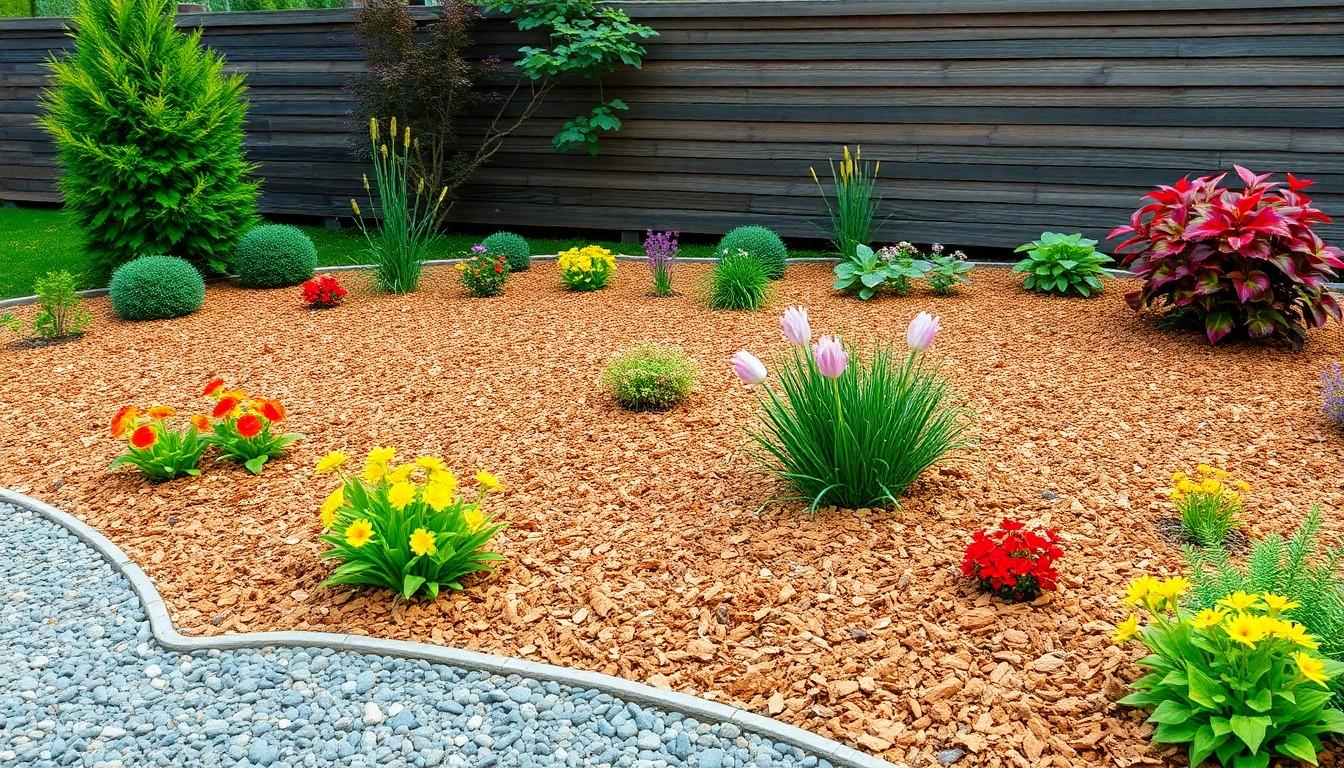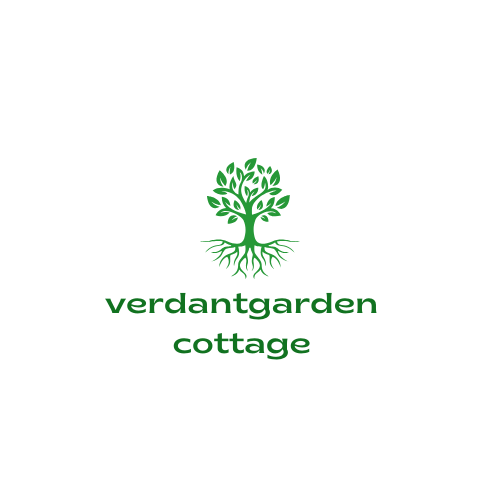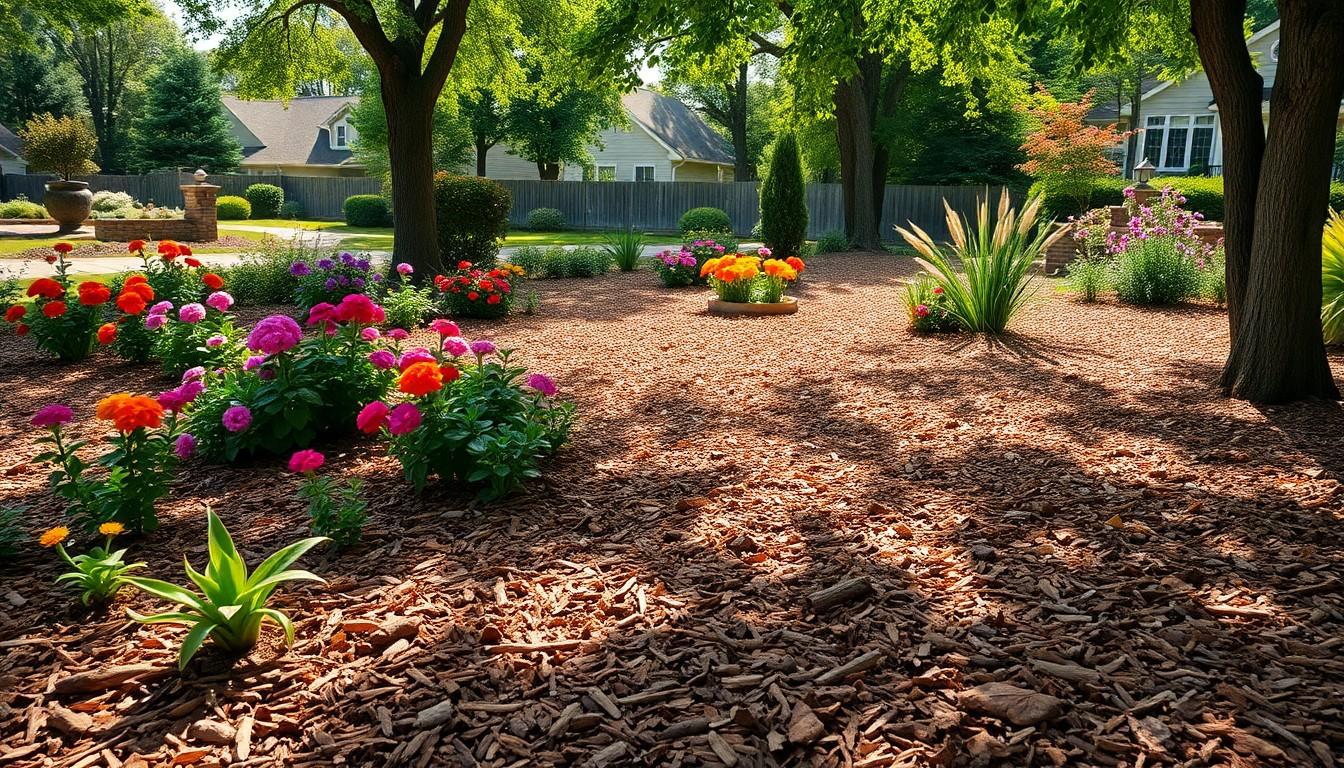When it comes to landscaping, bark isn’t just for the trees. It’s the unsung hero of garden design, transforming dull yards into vibrant outdoor retreats. Imagine a space where beauty meets functionality, all thanks to the right type of bark. This natural wonder not only adds a touch of rustic charm but also helps retain moisture and suppress pesky weeds. Who knew that a little bark could do so much?
Overview Of Bark For Landscaping
Bark serves multiple purposes in landscaping, blending functionality with aesthetic appeal. It acts as a natural mulch, helping to retain soil moisture while reducing the need for frequent watering. Various types of bark, such as pine, cedar, and hardwood, provide unique visuals that enhance garden design.
In addition to its moisture-retaining qualities, bark suppresses weed growth effectively. A thick layer of bark prevents sunlight from reaching the soil while simultaneously limiting the need for chemical herbicides. A 3 to 4-inch layer is often recommended for optimal results.
Bark can also improve soil quality over time. As it decomposes, it enriches the soil with organic matter, promoting healthier plant growth. A well-chosen bark type can provide valuable nutrients to the surrounding flora.
Different tree species produce distinct bark textures and colors, adding diversity to landscaping. Pine bark, for instance, typically features a reddish-brown hue, while cedar bark boasts a more golden tone. Such variety allows for creative combinations in garden arrangements.
Using bark for pathways or garden borders creates visually appealing yet practical solutions. These borders help delineate areas while providing a soft contrast against hardscape elements. Maintenance is relatively simple; occasional raking helps maintain an even appearance.
Selecting the right bark contributes significantly to the overall theme of a landscape. For instance, organic or natural styles benefit from untreated bark, while modern designs might favor colored or dyed options. Quality bark not only enhances beauty but also supports a healthier ecosystem within the garden.
Types Of Bark Used In Landscaping

Various types of bark play a significant role in landscaping. Each type offers unique characteristics that enhance both visual appeal and practical functionality.
Hardwood Bark
Hardwood bark, sourced from deciduous trees, adds durability and a rich texture to landscaping projects. Popular examples include oak and maple, known for their sturdy composition. This type of bark often features a dark, natural color that complements various designs. Its thicker structure provides excellent weed suppression and moisture retention. As hardwood bark decomposes, it contributes organic matter, improving soil health and structure over time. Gardeners appreciate hardwood bark for its longevity and ability to blend seamlessly with ornamental plants.
Softwood Bark
Softwood bark, derived from coniferous trees, offers a lighter and more aromatic alternative. Cedar and pine bark are common choices, providing a delightful fragrance and attractive color variations. Softwood bark is typically finer and more lightweight, making it easy to apply in various landscape features. Its ability to break down quickly can also enhance soil quality by introducing essential nutrients. Softwood varieties often serve as decorative ground cover while effectively suppressing weeds. The versatility of softwood bark makes it suitable for pathways, flower beds, and play areas.
Benefits Of Using Bark For Landscaping
Bark serves several essential functions in landscaping. Its benefits extend beyond aesthetics, directly impacting gardening practices.
Weed Suppression
Weed suppression stands as one of the primary advantages of using bark in gardens. A thick layer of bark effectively blocks sunlight, hindering weed growth. Softwood and hardwood bark types, like cedar and oak, act as natural barriers against unwanted plants. This prevents competition for nutrients and water in the soil. Landscape maintenance becomes easier since less weeding is necessary. Many gardeners appreciate how attractive and functional bark looks, allowing them to maintain a neat garden appearance while reducing labor.
Moisture Retention
Moisture retention is crucial in maintaining healthy plants, and bark excels in this area. By covering soil with a layer of bark, water evaporation decreases significantly. This helps keep the soil consistently moist, leading to healthier root systems. Different types of bark offer varying levels of moisture retention, with pine bark providing excellent results in dry climates. Additionally, as bark decomposes, it enriches the soil, creating a healthier growing environment. Many gardeners favor bark not just for its ability to retain moisture but also for its role in improving soil health over time.
How To Choose The Right Bark For Your Project
Choosing the right bark for landscaping involves several key considerations that ensure both functionality and visual appeal.
Considerations For Selection
Selecting bark entails assessing factors like texture, size, and source. Texture affects the overall look and feel, while size determines how it integrates into the landscape design. Sourcing from local suppliers often ensures better quality and sustainability. It’s important to consider the bark’s intended use; for instance, heavier varieties often suit pathways or borders, while lighter types may enhance flower beds. Additionally, think about maintenance needs, as some barks require more care than others.
Aesthetic Choices
Aesthetic choices in bark can significantly impact landscape design. Color variety ranges from rich browns to brighter hues, allowing for creative combinations. Using contrasting textures can add depth to the design. For a rustic feel, opting for untreated hardwood bark complements organic styles well. In contrast, vibrant colored options work beautifully in contemporary landscapes. Taking into account how bark interacts with the surrounding plants and features can enhance the overall aesthetic, creating stunning outdoor spaces.
Application Techniques For Bark In Landscaping
Bark serves various practical and aesthetic purposes in landscaping. Understanding the right techniques for application ensures optimal benefits.
Installing Bark Mulch
Begin with site preparation, which involves clearing existing debris, weeds, and grass. Using a weed barrier can further enhance the effectiveness of the bark mulch. Aim for a depth of 2 to 4 inches when applying the bark, as this thickness helps suppress weed growth effectively. Spread the material evenly around plants and flower beds, leaving some space around plant bases to prevent rot. Keep transported bark slightly damp for easier handling and improved settling. Consider choosing different bark types for varied visual effects, combining colors or textures for creative landscapes.
Maintenance Tips
Regular checks and refreshing of bark mulch support its long-term benefits. Annually, assess the depth and uniformity of the layer. Adding new bark as needed maintains its effectiveness in weed suppression and moisture retention. Occasionally, raking or turning the bark helps aerate it, encouraging decomposition and enriching the soil. Clearing away any debris or old leaves keeps the area tidy and prevents pest attraction. Monitor for signs of decay and replace deteriorated bark to maintain aesthetic appeal and functionality in the landscape.
Conclusion
Bark is more than just an aesthetic choice in landscaping; it’s a multifunctional asset that enhances garden design while promoting a healthier ecosystem. Its ability to suppress weeds and retain moisture makes it an invaluable resource for maintaining vibrant outdoor spaces.
Choosing the right type of bark allows for creative expression while fulfilling practical needs. With proper installation and maintenance, bark can transform any landscape into a visually appealing and sustainable environment. Embracing bark in landscaping projects not only beautifies but also supports the overall health of the garden.

